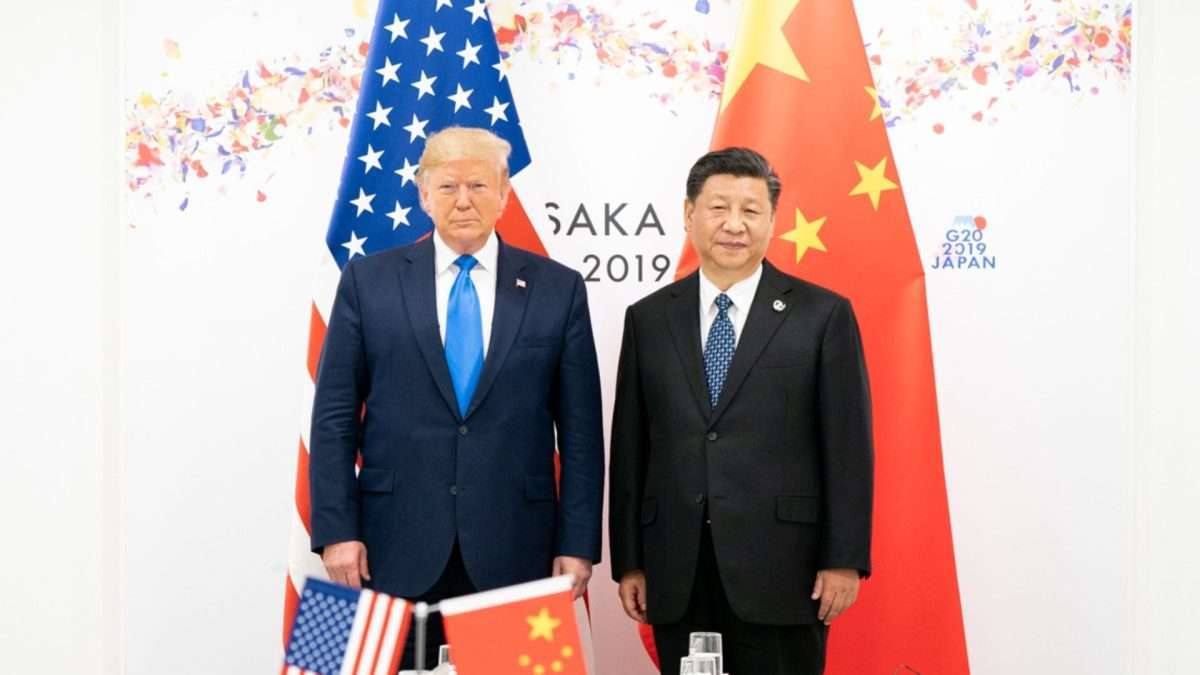President Donald Trump, the self-described “Tariff Man,” has said that he could impose a new 10% across-the-board tariff on Chinese goods, moving ahead with one of his signature campaign pledges.
The new tariff, he said, could take effect as early as February 1.
“We’re talking about a tariff of 10% on China based on the fact that they’re sending fentanyl to Mexico and Canada,” the president told reporters this evening.
Trump Tariffs: A Foreign Policy Tool
Before his re-election in November, Trump proposed a baseline 10% to 20% tariff on imports from all countries — and much higher tariffs on two of the largest U.S. trade partners: China and Mexico.
Trump called for a 60% minimum tariff on goods imported from China, with the potential to rise to 100%.
He has also threatened punitive tariffs of up to 75% on imports from Mexico, if the country fails to curb the flow of migrants into the United States from the southern border.
Trump’s statement today on China follows his comments after his inauguration on Monday in which he told the press that his administration could impose a 25% tariff on both Canada and Mexico — also with a target date of February 1.
The Politics of Tariffs
In his inauguration speech on Monday, Trump pledged to establish an External Revenue Service, which he said would “collect all tariffs, duties, and revenues” — a task already performed by the U.S. Customs and Border Protection.
Trump described tariffs as an alternative revenue source for the federal government, instead of taxing U.S. citizens. He said, “Instead of taxing our citizens to enrich other countries, we will tariff and tax foreign countries to enrich our citizens.”
During the campaign, Trump proposed trillions of dollars of tax cuts, including lowering the corporate income tax rate from 21% to 15%.
Who Really Pays for Tariffs?
The consensus among economists is that tariffs are inflationary and that the costs for more expensive imports will be borne by American consumers.
Former Treasury Secretary Larry Summers warned in November that the proposed tariffs, along with other Trump policies, could push inflation well past the 9.1% high seen during the Biden administration.
Philip Marey, a senior U.S. strategist at Rabobank, told the the Wall Street Journal, “If the tariffs work the way economists think they work, I think people are in for a very nasty surprise.”
A study by the National Retail Federation warned that Trump’s proposed across-the-board tariffs could lead to more than $78 billion in annual price increases for consumer products in six product categories: apparel, footwear, furniture, household appliances, travel goods, and toys.
Globely News covers the game changers transforming the worlds of business, sports, politics, and technology. From AI and electric vehicles to the rise of China and the NFL's next stars, we've got you covered.



